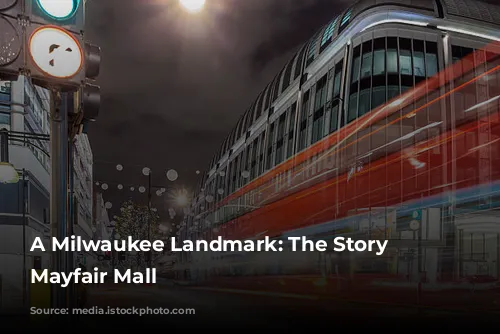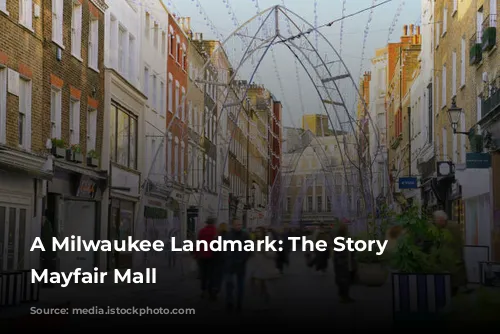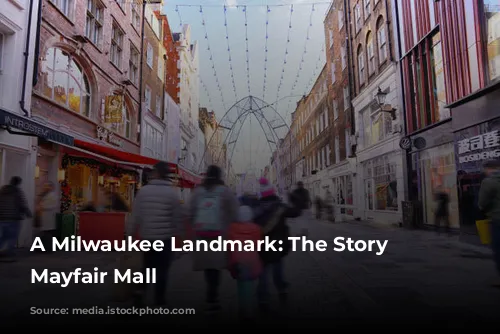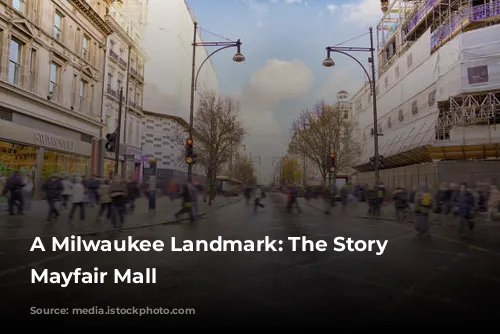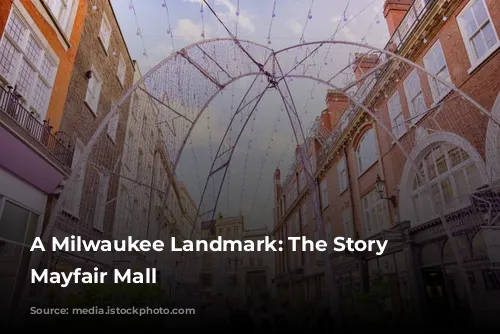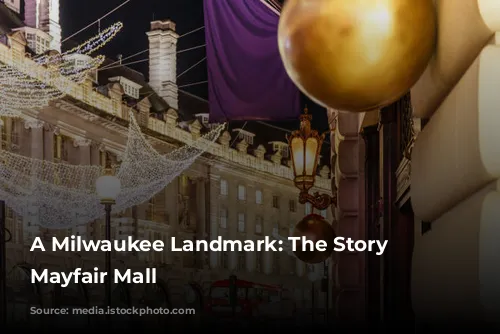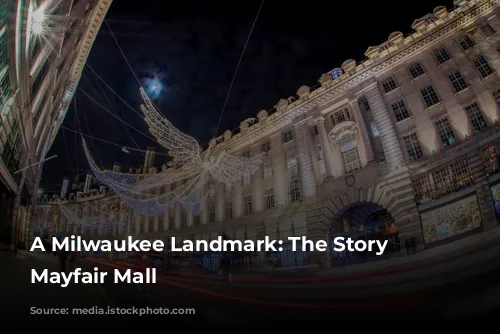Get ready to step back in time and explore the fascinating journey of Mayfair Mall, a beloved shopping destination in the heart of the Greater Milwaukee area. From its humble beginnings as an open-air concourse to its present-day status as a modern retail haven, Mayfair has witnessed tremendous growth and transformation.
This article will take you through the decades, highlighting the key milestones that shaped this iconic mall. We’ll delve into its architectural evolution, the arrival of popular stores, and the ongoing efforts to keep Mayfair fresh and exciting for shoppers.
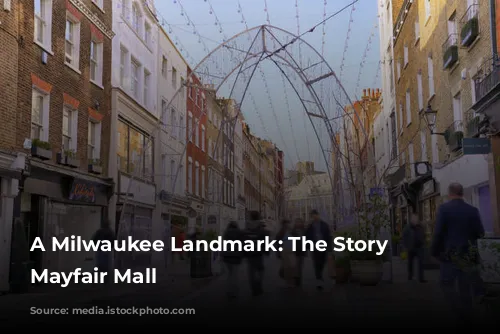
From Open Air to Enclosed Comfort
In the mid-1950s, a vision for a new shopping center took shape in Wauwatosa, Wisconsin. The Hunzinger Construction Company brought this vision to life, building what would become Mayfair Shopping Center between 1956 and 1959. The mall initially featured a unique open-air design, with Marshall Field’s and Gimbels as the main anchors.
Imagine strolling along a 960-foot concourse, surrounded by vibrant shops. Three colorful corridors, each with its own distinct theme, added a touch of whimsy to the shopping experience. The mall even had a central park with lush greenery, inviting benches, and picnic tables—a perfect spot for a relaxing break.
In 1973, Mayfair underwent a significant makeover, becoming fully enclosed to offer protection from the elements. The mall’s iconic Bazaar arcade replaced the Central Park area, creating a lively hub for shoppers and entertainment. Two office towers were added to the complex in 1975 and 1979, expanding the mall’s footprint.
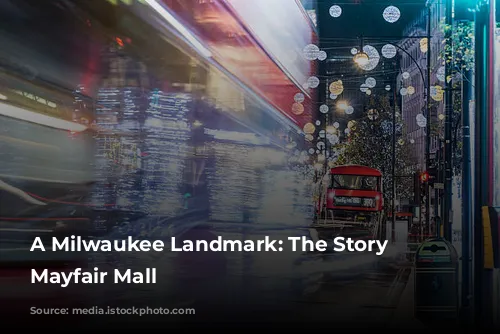
A New Era of Shopping and Entertainment
The 1980s brought another major transformation for Mayfair. A $15 million renovation project breathed new life into the mall, bringing in a new food court and a two-level atrium that bathed the space in natural light. This expansion also created more retail space, showcasing an array of stores, including the Milwaukee-based Boston Store.
The late 1990s marked a period of continued growth for Mayfair. General Growth Properties took ownership of the mall and brought in a wave of new additions, including a Barnes & Noble, a movie theater, and even more retail space. The second floor of the atrium was expanded, introducing new restaurants and shops to the mix.
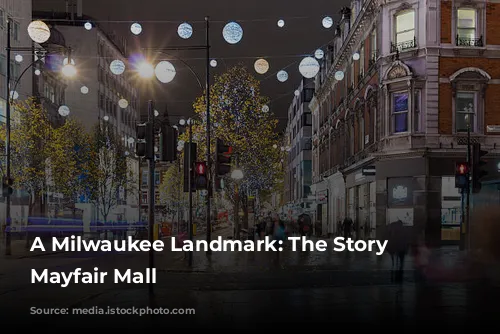
Facing Competition and Keeping Up with the Times
As new shopping centers emerged in the Milwaukee area, Mayfair faced increased competition. To stay relevant, it continuously adapted to changing shopper preferences, embracing new trends and updating its offerings.
The early 2000s saw the arrival of Crate & Barrel and the acquisition of the General Cinema multiplex by AMC Theatres. Marshall Field’s transformed into Macy’s as part of a broader rebranding initiative.
In 2015, a significant milestone was reached when Nordstrom opened its doors at Mayfair, attracting a new wave of shoppers with its upscale offerings. The same year, a new shopping center, The Mayfair Collection, opened just outside the mall, bringing additional retail and dining options to the area.
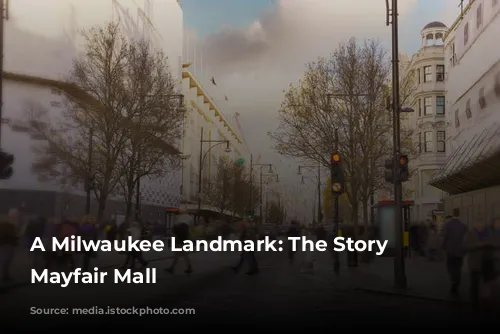
A Lasting Legacy of Shopping and Community
Today, Mayfair Mall remains a vibrant hub for shopping, dining, and entertainment in the Milwaukee area. Its history is a testament to its enduring appeal and ability to adapt to changing times. With its diverse mix of stores, restaurants, and entertainment venues, Mayfair continues to be a popular destination for residents and visitors alike.
As Mayfair moves forward, it is poised to continue playing a pivotal role in the community, offering a dynamic and evolving shopping experience for generations to come.
